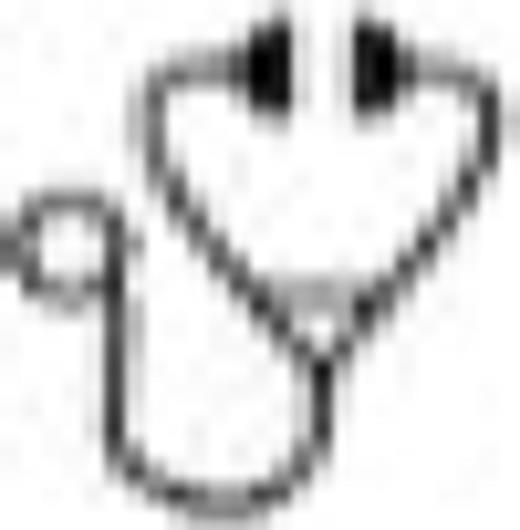Abstract

Background Reactivation of Epstein-Barr Virus (EBV) frequentlyoccurs after allogeneic stem cell transplantation(allo-SCT) andEBV-induced posttransplant lymphoproliferative disease(PTLD) is a potentially fatalcomplication. Our previous study showed that the cumulative incidence of EBV viremia after allo-SCT was 21.3±1.5% ( data based on 892 evaluable patients received allo-SCT from Jun 2011 through Jun 2014 at our institution). As the preemptive treatment for EBV reactivation after allo-SCT, rituximab (anti-CD20) is commonly used, but is associated with the prolonged immunedefect. The question of over-treatment of systematic rituximab has been raised and further studies investigating the minimal doses of rituximab to resolve EBV reactivation and avoid its prolonged B cell impairment are needed. The aimof this single-center study was to evaluate the strategy of weekly low-dose rituximab as the preemptive management of EBV reactivation.
Methods 52 patients received allo-SCT from Mar 2014 through Mar 2015 at our institution were enrolled in a prospective study. 38 males and 14 females, median age 25 years (range, 7-57). Patients underwent transplantation for acute leukemia (n=33), CML (n=2), NHL (n=4), MDS (n=5), or SAA(n=8). The type of donors included HLA-haploidentical donors (n=41), HLA-matched unrelated donors (n=8) and HLA-identical siblings (n=3). EBV viral loads of patients were monitored by quantitative PCR for EBV DNA performed on whole-blood samples once a week after allo-SCT. EBV reactivation was defined as a single positive EBV PCR result according to institutional thresholds (above 100 copies per millitre). Eligibility included EBV reactivation and negative hepatitis B surface antigen. Rituximabwas administered weekly at the fixed dose of 100mg after a positive PCR result (>100Cop/mL) and discontinued as soon as a negative PCR result was available. The numbers of circulating CD20+ B cellsand serum gammaglobulin levels were assessed weekly during the study.
Results Weekly low-dose rituximab was well tolerated without anyserious adverse event. 52 patients receiving preemptive rituximab treatment showed an 100% cumulative complete remission (CR) rate of EBV reactivation, which resulted in cessation of treatmentas per protocol after the 1st (n=25, 48.1%), 2nd (n=24, 46.1%), or 3rd (n=3, 5.8%) dose. To date, none of the patients have developedan EBV-PTLD.There was no significant persistent B cell dysfunction following weekly low-dose rituximab treatment by assessment of the numbers of circulating CD20+ B cellsand serum gammaglobulin levels.
Conclusions Our weekly low-dose rituximab-based approach is a high-efficient and safe preemptive therapy for EBV reactivation after allo-SCT. Furthermore, the use of low-dose rituximab for EBV reactivation may avoid its prolonged B cell impairment due to the over-treatment of 375mg/m2 rituxima.
No relevant conflicts of interest to declare.
Author notes
Asterisk with author names denotes non-ASH members.

This icon denotes a clinically relevant abstract

This feature is available to Subscribers Only
Sign In or Create an Account Close Modal